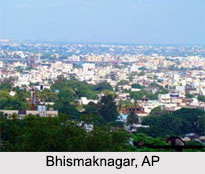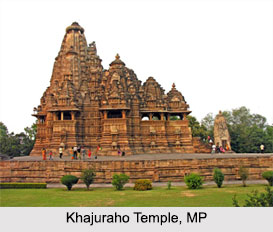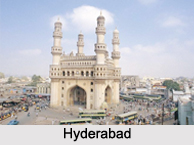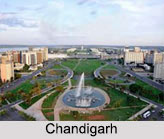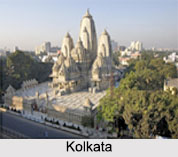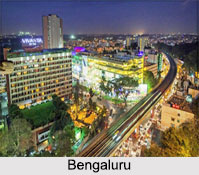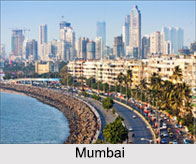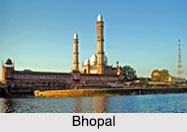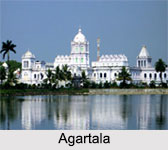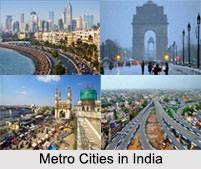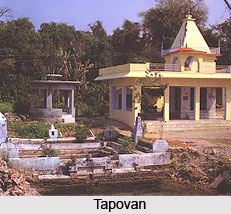 Nature Tourism in Dehradun serves the tourists with waterfalls, small hilly resorts and the thin forest in nearby ashramas. Dehradun serves as the capital city of the state of Uttarakhand (previously acknowledged as Utttaranchal) in India. It is magnificently and gorgeously placed within the Himalayas and Shivalik ranges in the north and south respectively and the Ganga River and Yamuna River on the east and west flowing in that serial order. Mother Nature perhaps had, during Her time of creation of the Universe, poured out all her brilliance of naturalism upon Dehradun, making nature tours in Dehradun, the most sought after travel guidebook, towards a path of discovery unto nothingness.
Nature Tourism in Dehradun serves the tourists with waterfalls, small hilly resorts and the thin forest in nearby ashramas. Dehradun serves as the capital city of the state of Uttarakhand (previously acknowledged as Utttaranchal) in India. It is magnificently and gorgeously placed within the Himalayas and Shivalik ranges in the north and south respectively and the Ganga River and Yamuna River on the east and west flowing in that serial order. Mother Nature perhaps had, during Her time of creation of the Universe, poured out all her brilliance of naturalism upon Dehradun, making nature tours in Dehradun, the most sought after travel guidebook, towards a path of discovery unto nothingness.
The gurgling waterfalls, snow topped mountains, impenetrable woodlands, the reverberation of the wild and pleasant climate, truly possess the capability to captivate thousands tourists to this gorgeous place. This city of Dehradun has much to offer and hence nature tours and trails in Dehradun becomes a very exciting experience, which can perhaps only come about once in one lifetime.
Tapowan
To begin with the very first trail towards natural tourism in Dehradun, one can verily be attracted to the legends abounding Tapowan. It is believed that Guru Dronacharya from the time of Mahabharata had performed his penance here.
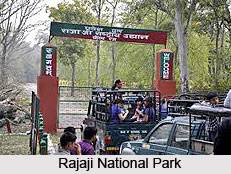 Rajaji National Park
Rajaji National Park
Rajaji National Park was established in 1966 and branches out over an area of 820 sq. km. The park with its superb ecosystem is nestled within the verdant valley of Shivalik range, with nature tours in Dehradun emoting out at its best from within this extended tract of green. Rajaji National Park represents the flora of several zones of the forest, riverine, broad leaf mixed forest, chir pine forest, scrubland and grassy pasturelands. There are 23 species of mammals and 315 of avian-fauna available here. The National Park had been named after Chakravarti Rajagopalachari, popularly identified as Rajaji. The best tourist season ranges between November to mid June.
Zoological Survey
Zoological Survey creates extraordinary attraction amongst tourists who tour Dehradun for natural beauty, with loads of enthusiasm. The foundation was laid in the year 1916. Zoological Survey of India was integrated as a department under the Ministry of Environment and Forests. It has its location almost five km away on Kaulagarh road. The Survey serves as an institute of excellence, fully dedicated for practicing research on varied fauna species of Indian subcontinent. To top it all, it conducts numerous surveys in all the important areas and collects relevant data. The institute maintains a detail list of all fauna species of the entire country.
Sahasra Dhara Water Fall
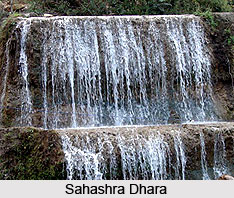 Sahasra Dhara, literally standing for, the `thousand fold spring`, is situated at a distance of 11 km from Dehradun city. The place stands as a superlative picnic spot and attracts ample visitors throughout, thus unquestionably hankering one back to enjoying nature tours in Dehradun, as well as saturating one`s gastronomical pursuit. The Baldi River and the caves further render an overwhelming view. The water here cascades from an approximate height of 9 metres and leaves an incrustation of lime of all that it touches. Particles thus accumulating over centuries have established a protruding ledge and a kind of cave, from the roof of which falls an eternal shower. There is also a sulphur spring by Sahasra Dharam in which visitors often take a merry bath. The spring water is believed to cure skin infections and possess other medicinal properties.
Sahasra Dhara, literally standing for, the `thousand fold spring`, is situated at a distance of 11 km from Dehradun city. The place stands as a superlative picnic spot and attracts ample visitors throughout, thus unquestionably hankering one back to enjoying nature tours in Dehradun, as well as saturating one`s gastronomical pursuit. The Baldi River and the caves further render an overwhelming view. The water here cascades from an approximate height of 9 metres and leaves an incrustation of lime of all that it touches. Particles thus accumulating over centuries have established a protruding ledge and a kind of cave, from the roof of which falls an eternal shower. There is also a sulphur spring by Sahasra Dharam in which visitors often take a merry bath. The spring water is believed to cure skin infections and possess other medicinal properties.
Malsi Deer Park
Located 10 km away from Dehradun city, on the way to Mussoorie, is situated a brilliantly developed tourist spot lying at the foothills of the Shivalik Hills. Malsi Deer Park is a miniature zoological park, comprising a children`s park, encased within splendid, natural surroundings and building up Dehradun`s nature tourism to the utmost reachable position. Along with the striking surroundings, the availability of refreshments make the place a perfect sightseeing cum picnic spot.
Lachhiwala
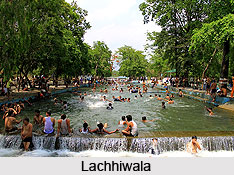 Three kilometres from Doiwala and 22 km from Dehradun, on the Haridwar to Rishikesh road is the Lachhiwala, considered Dehradun`s nature tourism at its best, the serene and delightful spot is notable for its organising of outings. Indeed, nature tours are so much present in Dehradun that each one vies for another, with the visitor spoilt for choice.
Three kilometres from Doiwala and 22 km from Dehradun, on the Haridwar to Rishikesh road is the Lachhiwala, considered Dehradun`s nature tourism at its best, the serene and delightful spot is notable for its organising of outings. Indeed, nature tours are so much present in Dehradun that each one vies for another, with the visitor spoilt for choice.
It may be just an understatement when stated that nature tours in Dehradun are a wonderful experience for am adventurer to go through. Tourists can have a panoramic view of every snow covered to the quietly flowing rivers, thereby making the trip more pleasant and memorable than everything else.
